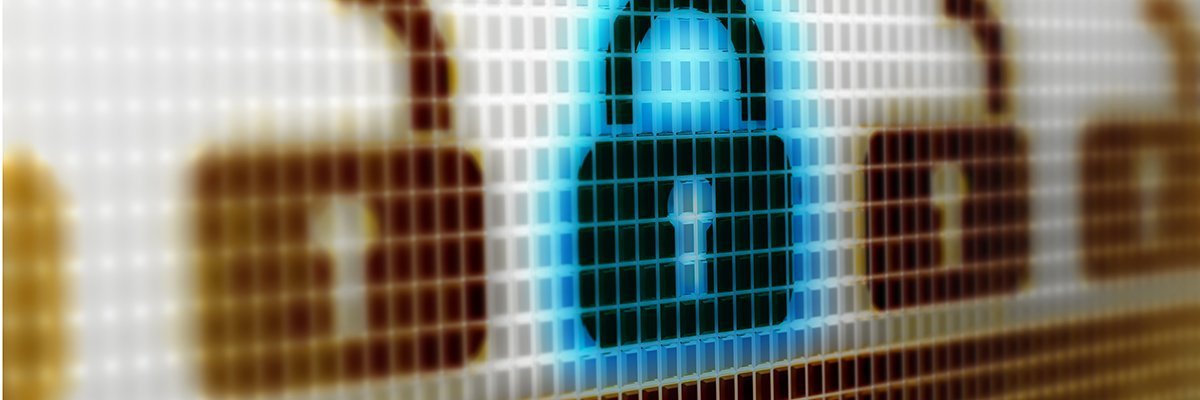

Using a technology called TKIP (for Temporal Key Integrity Protocol), that passphrase, along with the network SSID, is used to generate unique encryption keys for each wireless client. To encrypt a network with WPA2-PSK you provide your router not with an encryption key, but rather with a plain-English passphrase between 8 and 63 characters long. Where do you find the WPA2=PSK passphrase? WPA stands for Wi-Fi Protected Access and it provides strong encryption and authentication mechanism while accessing the wireless network, which protects you from bad guys. Also known as Wi-Fi Protected Access, WPA is a security protocol and security certification program that is supposed to an answer to WEP’s major weaknesses found by researchers. Also known as Wired Equivalent Privacy, WEP was part of the original 802.11 (Wireless Local Area Network) standard in 1997. Is WPA faster than WPA2? What’s the difference between WEP.

Wep vs wpa personal password#
The weakness in the WPA2-PSK system is that the encrypted password is shared in what is known as the 4-way handshake. WPA2 uses a stronger encryption algorithm, AES, that’s very difficult to crack-but not impossible. AES is able to secure top-secret government information, so it’s a good option for keeping a personal device or company WiFi safe. The main difference with WPA2 is that it uses the Advanced Encryption Standard (AES) instead of TKIP. WPA2 has stronger security and is easier to configure than the prior options. WPA2-AES also gives you more resistance to a KRACK attack. The bottom line: when configuring a router, the best security option is WPA2-AES. A recently discovered vulnerability could allow attackers to intercept data being transmitted between a WiFi access point and a computer or mobile device, even if that data is encrypted. In the last 24 hours, the media has broadly covered the WiFi WPA2 security hack. WPS doesn’t use encryption - and can actually bypass whatever encryption might otherwise be in use! How wireless WPA2 can be hacked? WPS (Wi-Fi Protected Setup) is technology designed solely to automate the initial setup of a Wi-Fi connection. WPA2 uses a stronger encryption technology that’s immune to most forms of hacking. WPA and WPS sound similar, but they’re entirely different technologies that perform entirely different tasks.

WPA2 is designed to improve the security of Wi-Fi connections by requiring the use of stronger wireless encryption than WPA requires. Is WPA2 faster than WPA?Īlthough WPA is more secure than WEP, WPA2 is more secure than WPA and the right choice for router owners. WPA Personal is also referred to as WPA-PSK. The PSK is used for an initial check of credentials only. The Personal version of WPA employs a pre-shared key (PSK) instead of using IEEE 802.1X and EAP as is used in the Enterprise WPA security mode. WPA2-PSK gets higher speed because it is usually implemented through hardware, while WPA-PSK is usually implemented through software. It is advertised to be theoretically indecipherable due to the greater degree of randomness in encryption keys that it generates. Personal is more suitable for a home network, but it’s less secure than enterprise. I believe that WPA and WPA2 both come in these two flavours, hence the either/or. WPA2 – Enterprise verifies network users through a server. Should I use WPA2 Personal or WPA WPA2 personal? WPA2 is the latest generation of Wi-Fi security which comes in combination with other encryption methods like PSK which is also called WPA2 Personal. What is WPA2 – PSK ? WPA stands for “Wi-Fi Protected Access”, and PSK is short for “Pre-Shared Key.” There are two versions of WPA: WPA and WPA2.


 0 kommentar(er)
0 kommentar(er)
